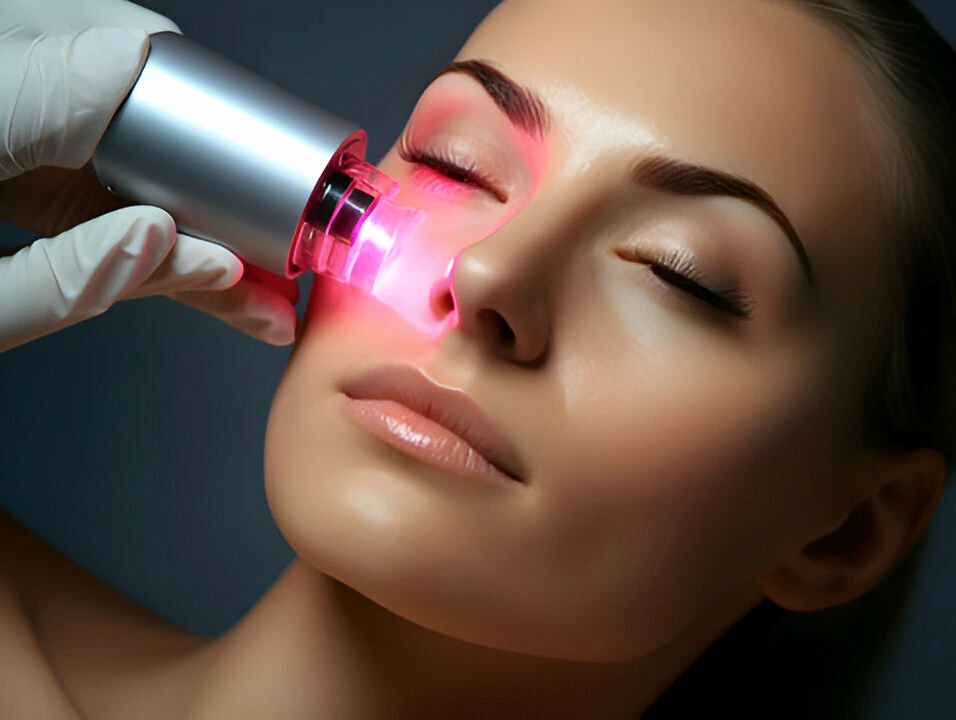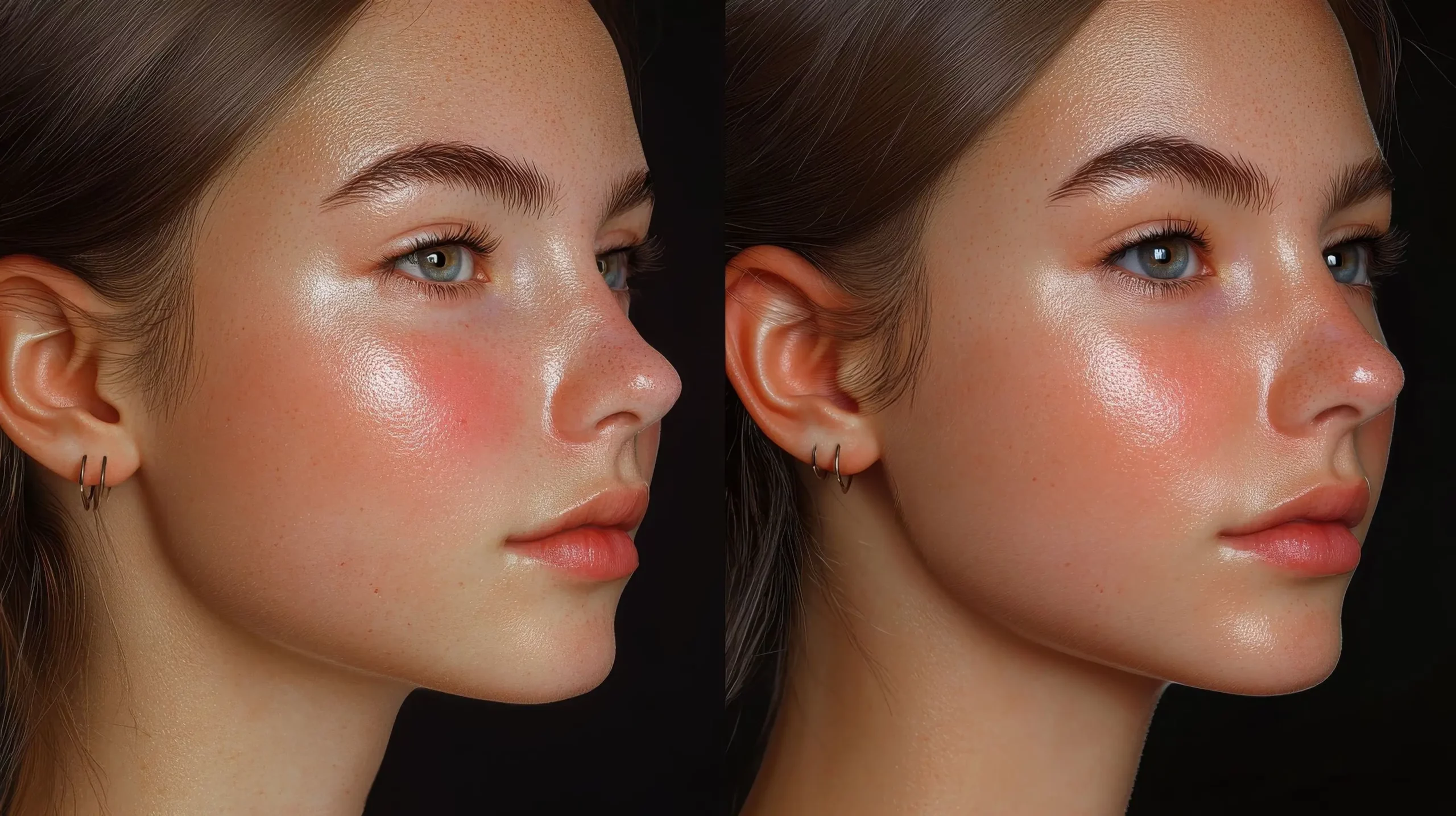Liposuction is a surgical solution to figure out problems. Will this procedure eliminate excess weight in the long term? NUR.KZ learned from experts who should undergo liposuction.
Liposuction improves the contours of the face and body.
What is liposuction? Liposuction is a type of surgery aimed at removing fat that is resistant to exercise and diet. These areas include the hips, abdomen, buttocks, chin, arms, and back.
Removing stubborn fat from problem areas not only improves body contour but also rejuvenates and refreshes your appearance. Doctor of Medical Sciences, a plastic surgeon from New York Leonard Grossman, explains that:
“Liposuction is designed to improve facial or body proportions, increase self-confidence and a sense of well-being.”
In addition to removing excess fat tissue, the benefits of liposuction include a positive effect on self-esteem. The procedure helps to get rid of body-related complexes and gain self-confidence.

Liposuction is not intended for weight loss
Liposuction is used to combat stubborn fat deposits, but it is not intended for weight loss and should not be considered an easy way to lose weight, says Dr. Mary Alice Mina, a board-certified dermatologist practicing at Baucom & Mina Derm Surgery (USA):
Liposuction provides immediate fat removal for contouring and body slimming with a measurable reduction in inches. Liposuction is not intended for weight loss.
Liposuction can also be used for treatment, says Dr. Harsh Sheth (India). For example, it is used to get rid of lipomas (benign fatty tumors) and treat gynecomastia (excess breast tissue in men). People with a normal body mass index benefit most from liposuction.
Liposuction is performed in a targeted manner.
With liposuction, not all excess fat is removed, but specific areas are treated. Usually, these are areas that are difficult to work out with the help of sports, and diet does not affect them either. In some cases, fat storage in these areas is associated with poor health.
Most often, liposuction is used to remove fat from the inner and outer thighs, abdomen, buttocks, and chin. Fat tissue is removed on the arms, on the back if folds form, and also on the ankles if their volume reaches the volume of the calf. All of these areas can be reduced with liposuction, says Leonard Grossman, MD.
There are different types of liposuction
How is liposuction done? Liposuction begins with an incision in the skin. Initially, a mixture of saline solution, painkiller medication, and adrenaline (constricts blood vessels) is injected into this area. After 15–20 minutes, fat removal begins. How the procedure goes, says David Smith, co-founder of the online medical goods store BladGo:
The surgeon inserts a thin tube (cannula) into the treated area through a small incision. The cannula is connected to a vacuum suction device, which sucks out the fatty tissue. There are different liposuction techniques, including tumescent ultrasound and laser
In tumescent liposuction, fat cells are liquefied using an injected saline solution, after which the fat is aspirated using a cannula. This is the main method of liposuction. Ultrasonic liposuction uses an ultrasound device to destroy fat, while laser liposuction uses a laser.
Once the tissue has liquefied, it is removed by suction using a vacuum apparatus, as in the tumescent procedure. But with any type of liposuction, an incision is made.

The procedure is carried out under anesthesia.
Liposuction is performed under general or local anesthesia. The surgeon chooses the optimal anesthesia option and liposuction technique taking into account the individual characteristics of the body, the degree of complexity of the procedure and the patient’s preferences.
Local anesthesia is appropriate for smaller areas, such as the chin or the inside of the knee, explains Dr. Usha Rajagopal, board-certified plastic surgeon at San Francisco Plastic Surgery and Laser Center. If the thighs, buttocks, abdomen, and other large areas are to be treated, general anesthesia is used. Local anesthetics are injected into the area where the fat will be removed. This combination provides maximum comfort and reduces pain, so it is considered the best option.
However, general anesthesia is associated with the main contraindications and risks of liposuction, in particular allergies to anesthetic drugs. Therefore, the method of anesthesia is chosen not only at the request of the patient but also in accordance with the doctor’s recommendations.
Recovery after liposuction lasts up to 6 months.
The recovery process after liposuction is quite long and sometimes painful. After removing fatty tissue, the skin swells from the anesthetic solution, bruises may remain at the incision site, and the skin in these areas remains flabby and loses elasticity. The lift may take up to 6 months, depending on the extent of the surgery. Some risks associated with liposuction include lumps and bumps under the skin, as well as sagging skin, notes dermatologist Mary Alice Mina:
If a significant amount of fat is removed, some skin laxity may remain and surgical tightening will be required to remove excess skin.
Swelling, bruising, and discomfort are normal consequences of surgery and will subside with time and proper care.
There is a risk of complications with liposuction.
Liposuction, like any surgical procedure, is associated with risks. These can include infection, bleeding, scarring, and uneven or lumpy results (lumps under the skin), says Dr. Harsh Sheth, surgeon, and consultant at ClinicSpots. There may also be problems with anesthesia and recovery after it.
Plastic surgeon and dermatologist Vinod Vij says that occasionally complications can be more serious:
In rare cases, more serious complications may occur, such as infection, blood clots, or damage to surrounding tissue.
The best way to reduce these risks is to choose an experienced specialist, a surgeon who has performed many successful procedures and follows all safety precautions.

The procedure has medical contraindications
Dr. Usha Rajagopal, a board-certified plastic surgeon and medical director of the Center for Plastic Surgery and Laser, names the following contraindications to the procedure:
If a patient has uncontrolled hypertension, diabetes, heart disease, lung disease, or is taking blood thinners or smoking, he or she may not be considered a suitable candidate for liposuction.
If there are no diseases, then the main criterion becomes age and skin condition. Patients with loose skin are not recommended to undergo liposuction, as the surgery can only worsen the looseness. If the skin is healthy and there are no diseases listed above, then liposuction can also be performed on older patients (60+). However, the decision is always made by the doctor based on examination.
Liposuction is a surgical procedure that allows you to get rid of fat. Liposuction cannot be used as a weight loss method, but it is effective in improving body contour. It is important to consult with your doctor before deciding to have surgery.
Attention! The material is for informational purposes only. You should not resort to the treatment methods described herein without first consulting your doctor.
Reviewer – doctor of the highest category Lyudmila Anatolyevna Mikhailenko.




